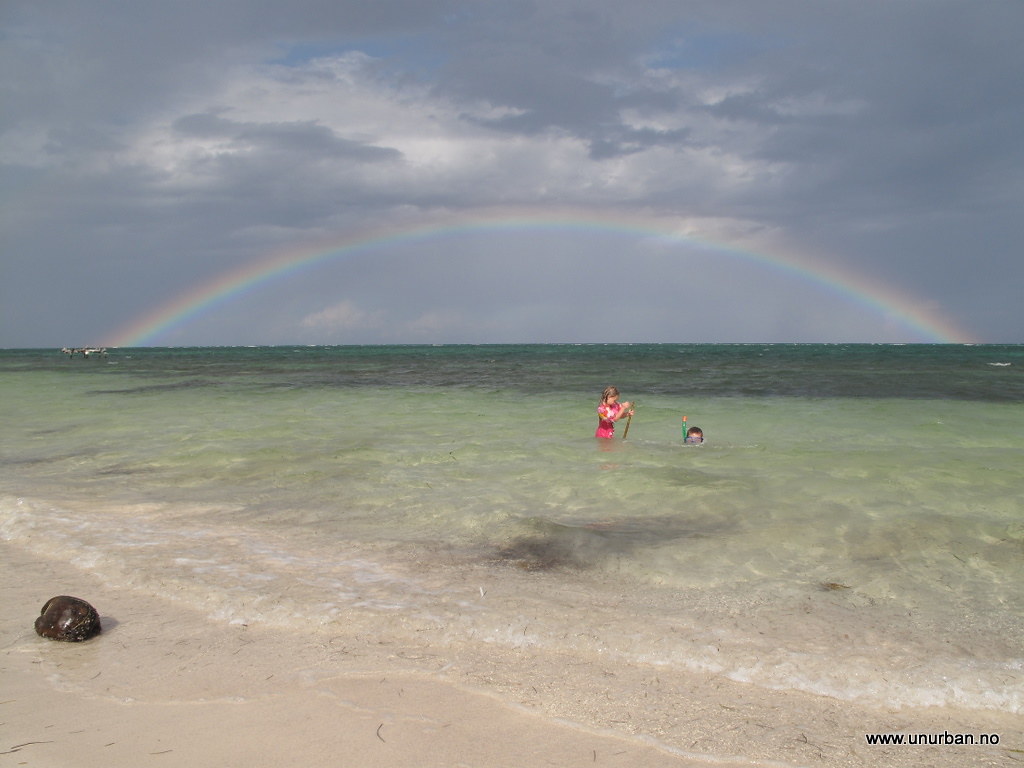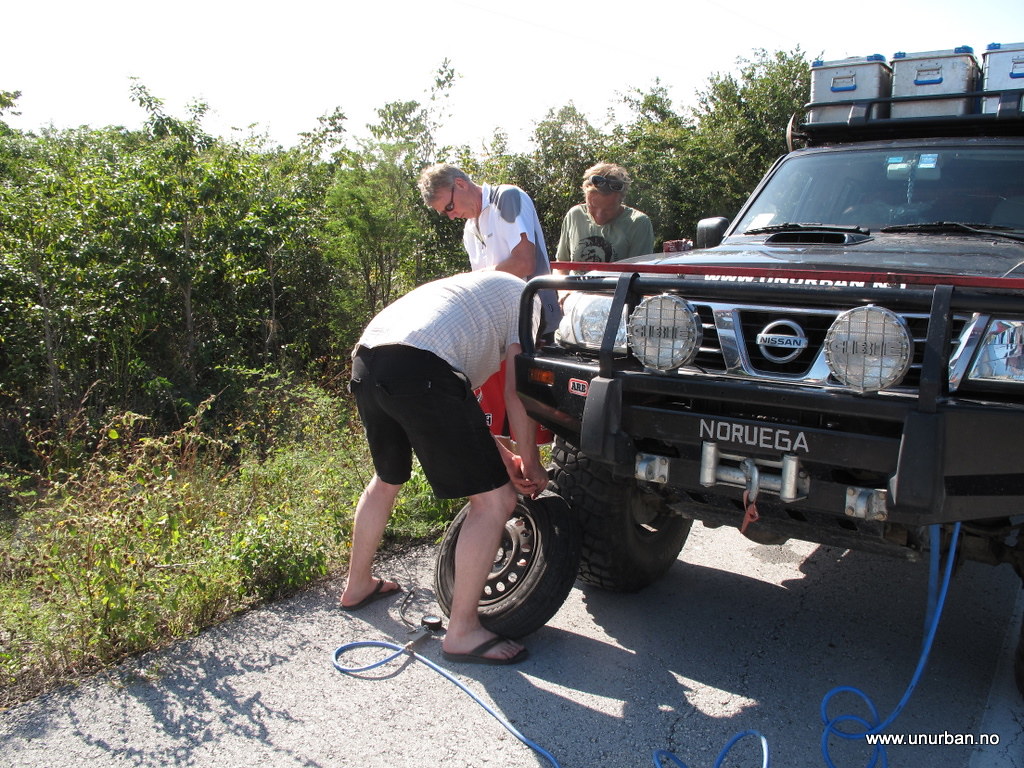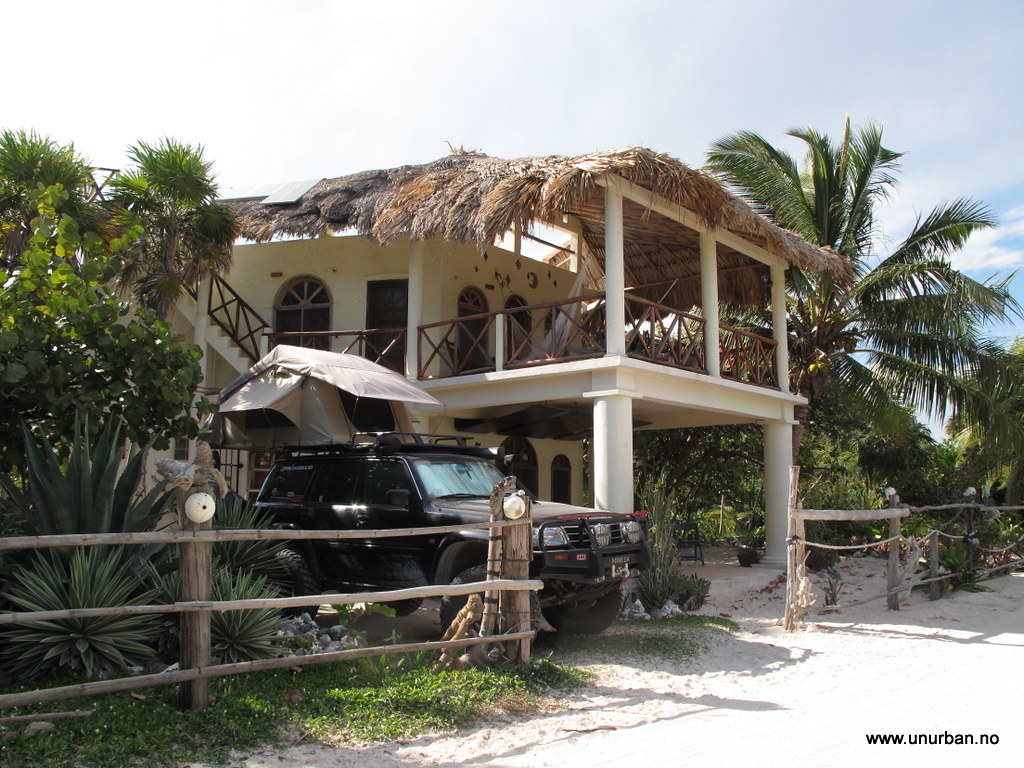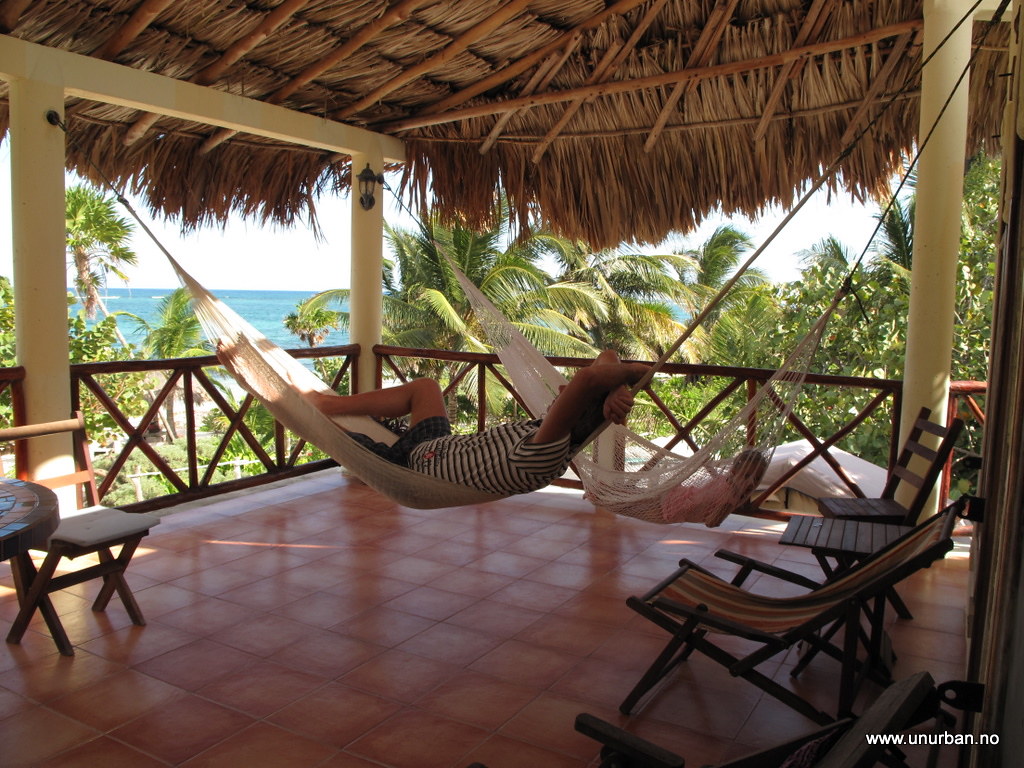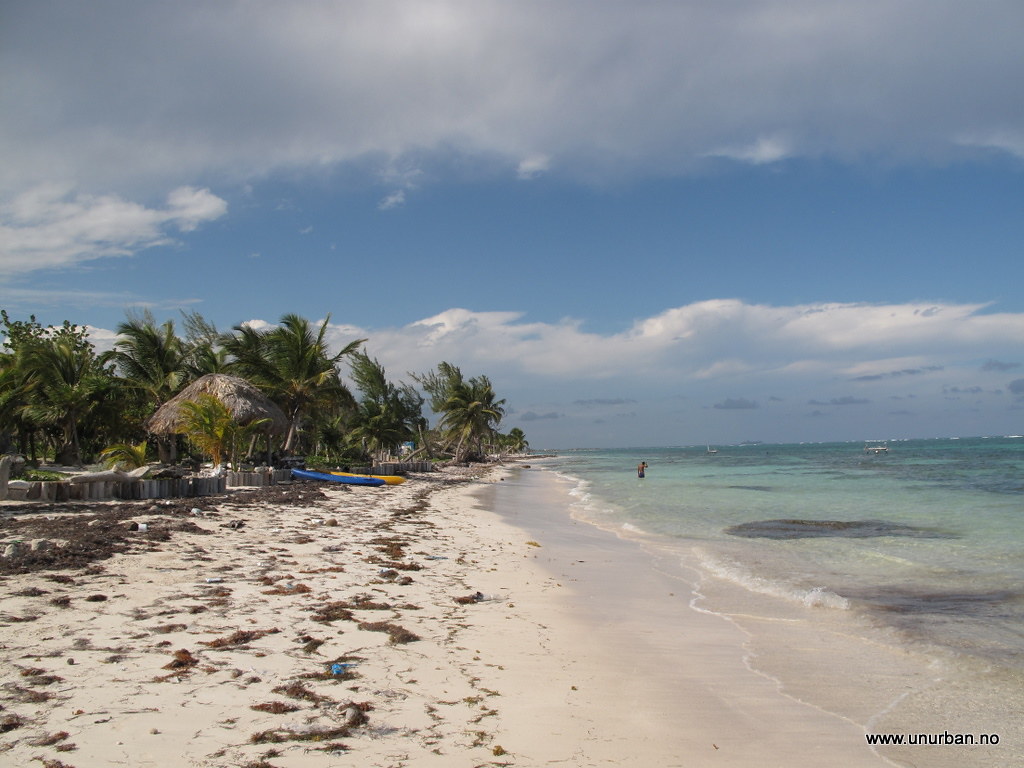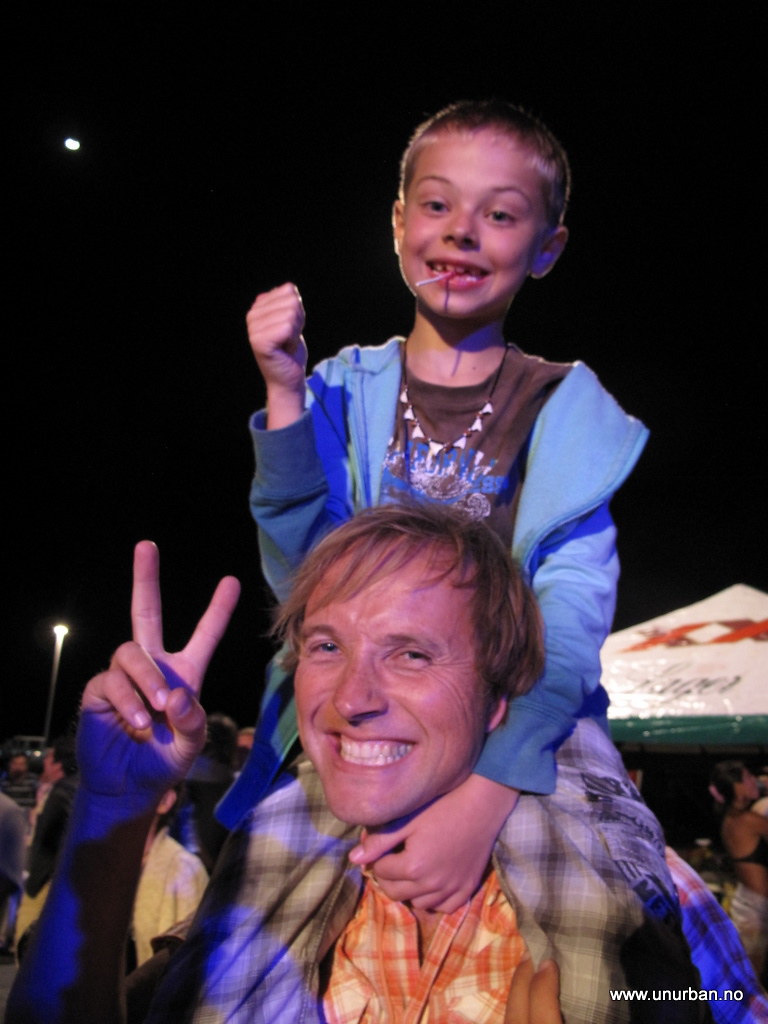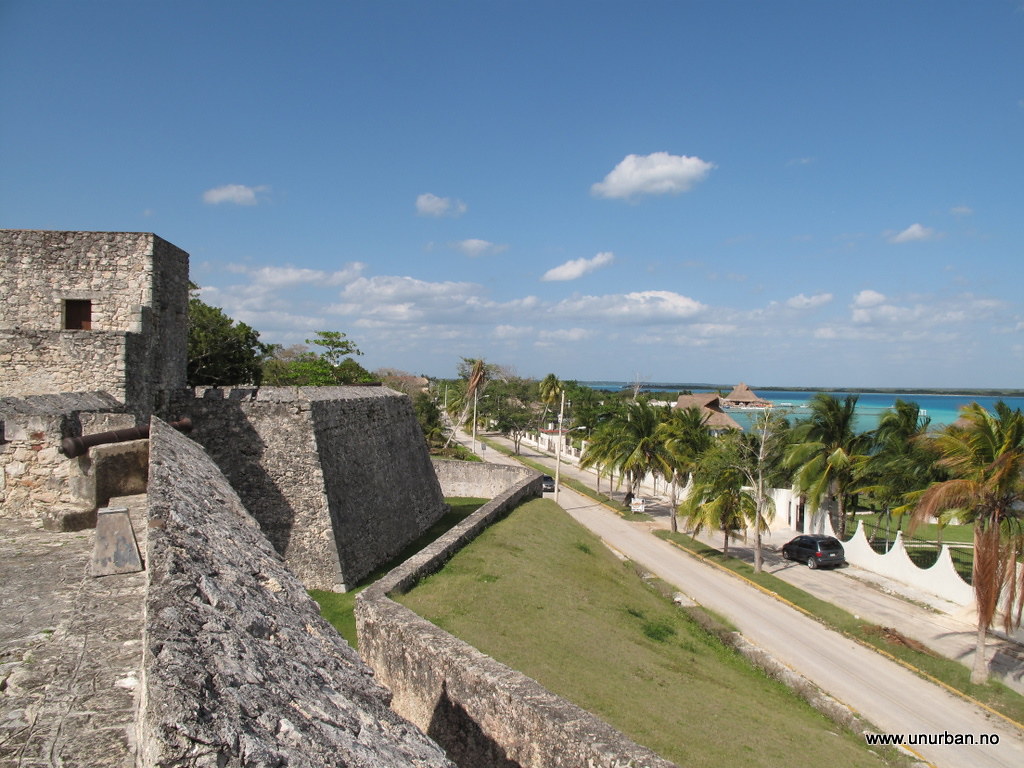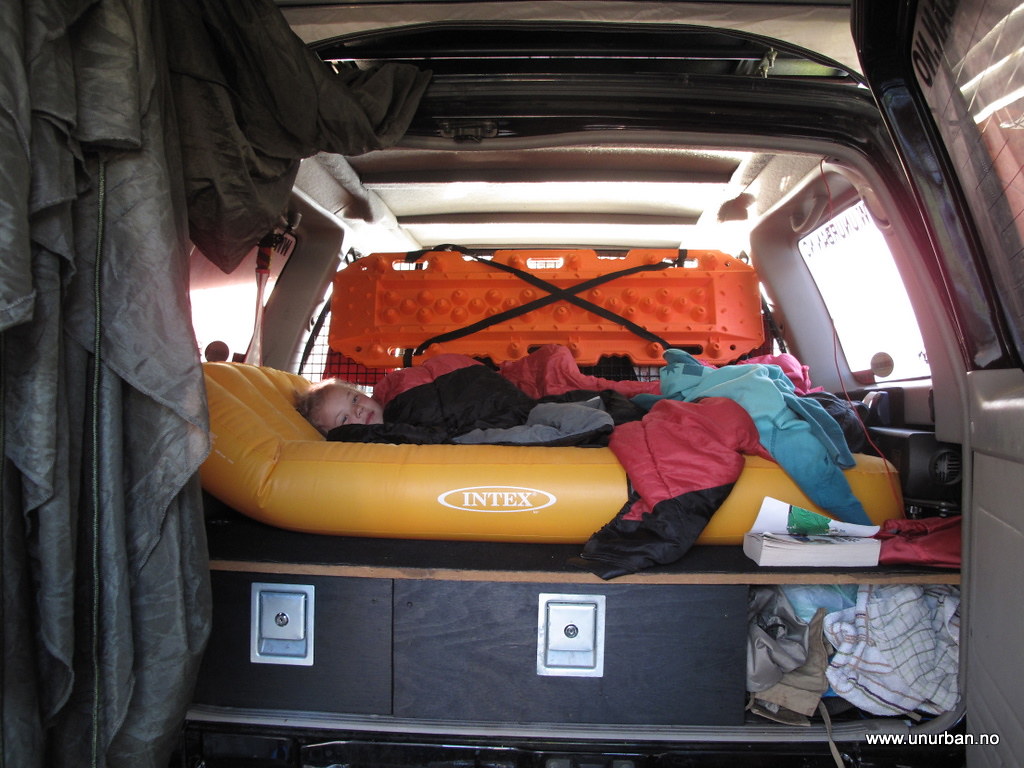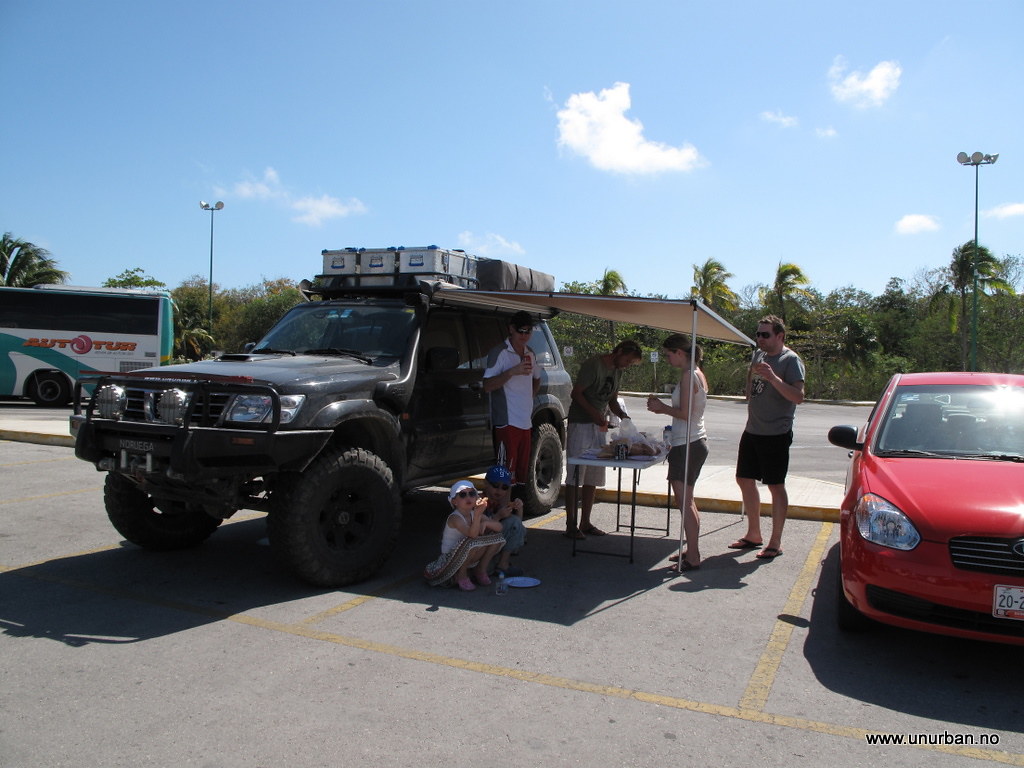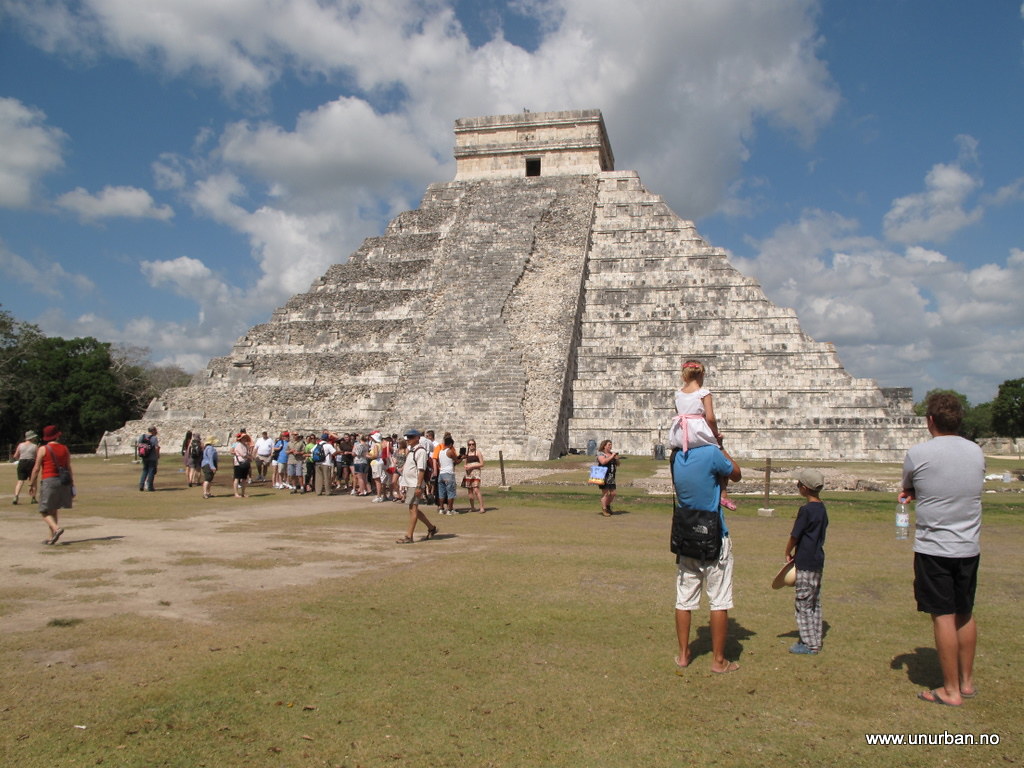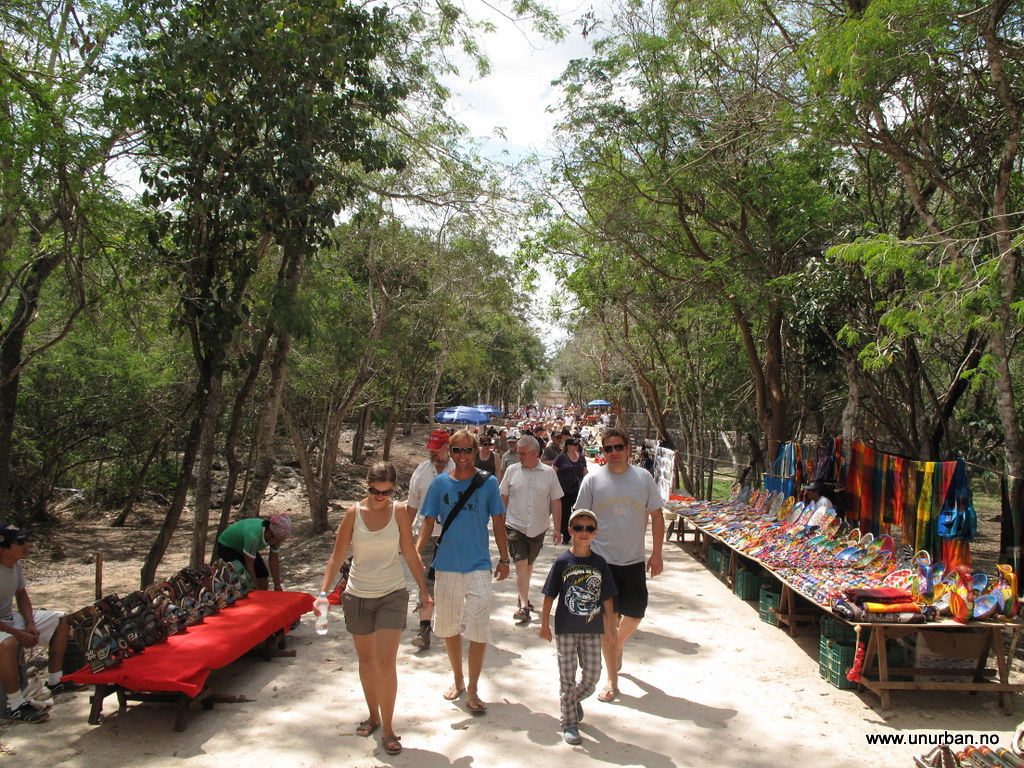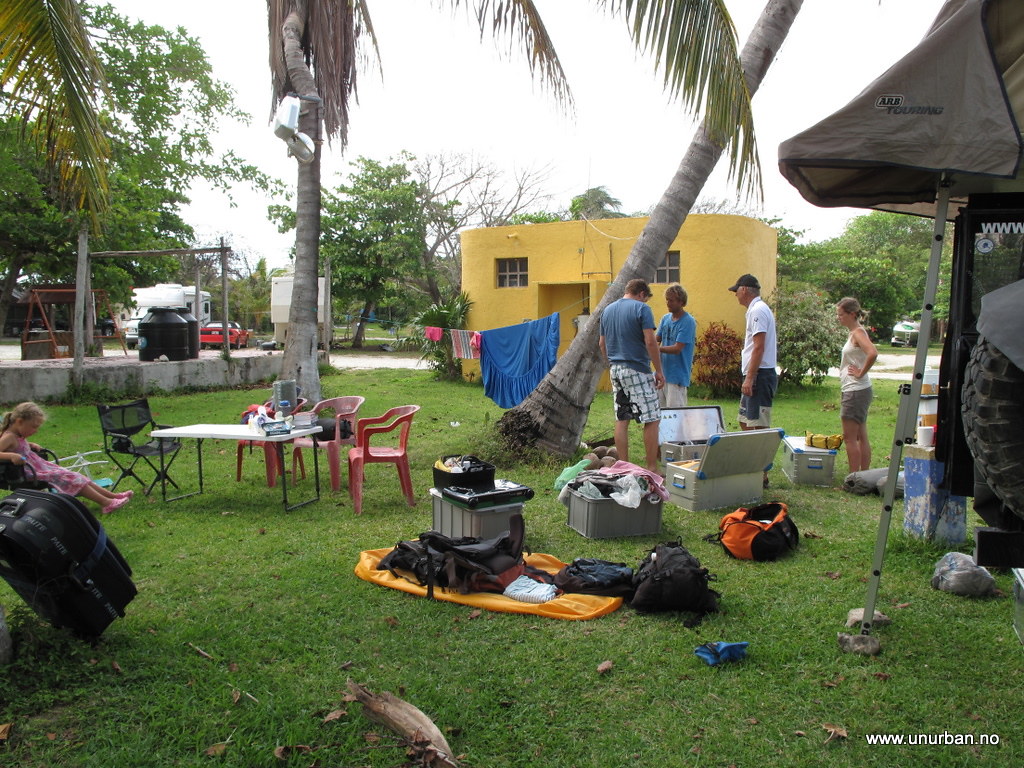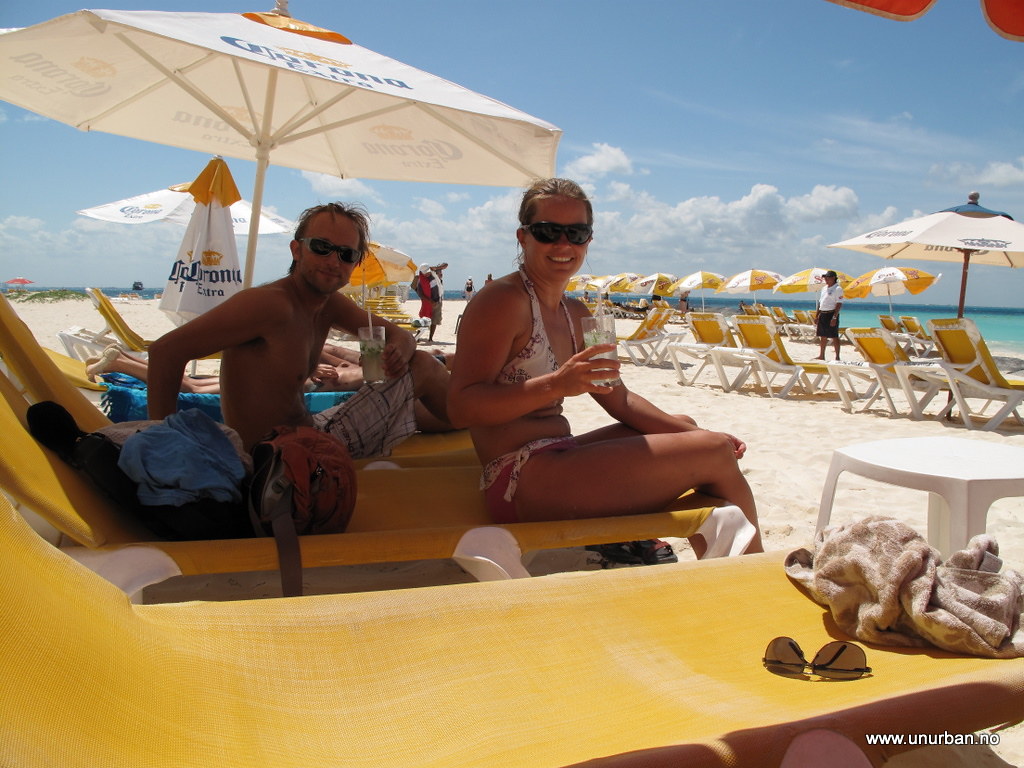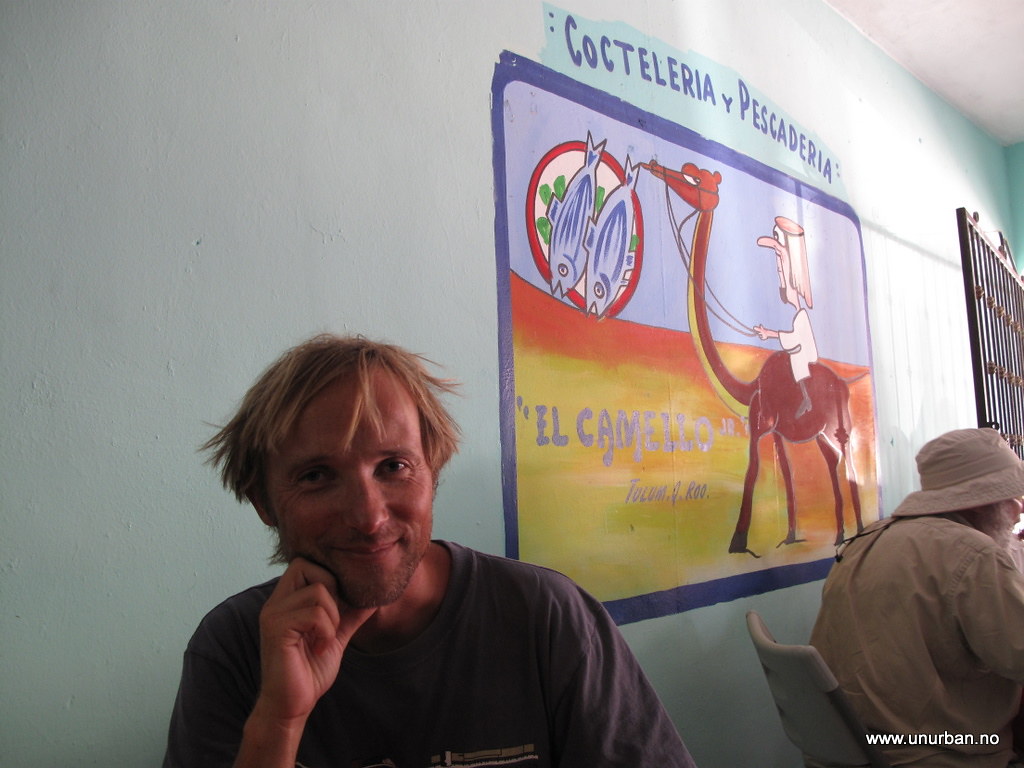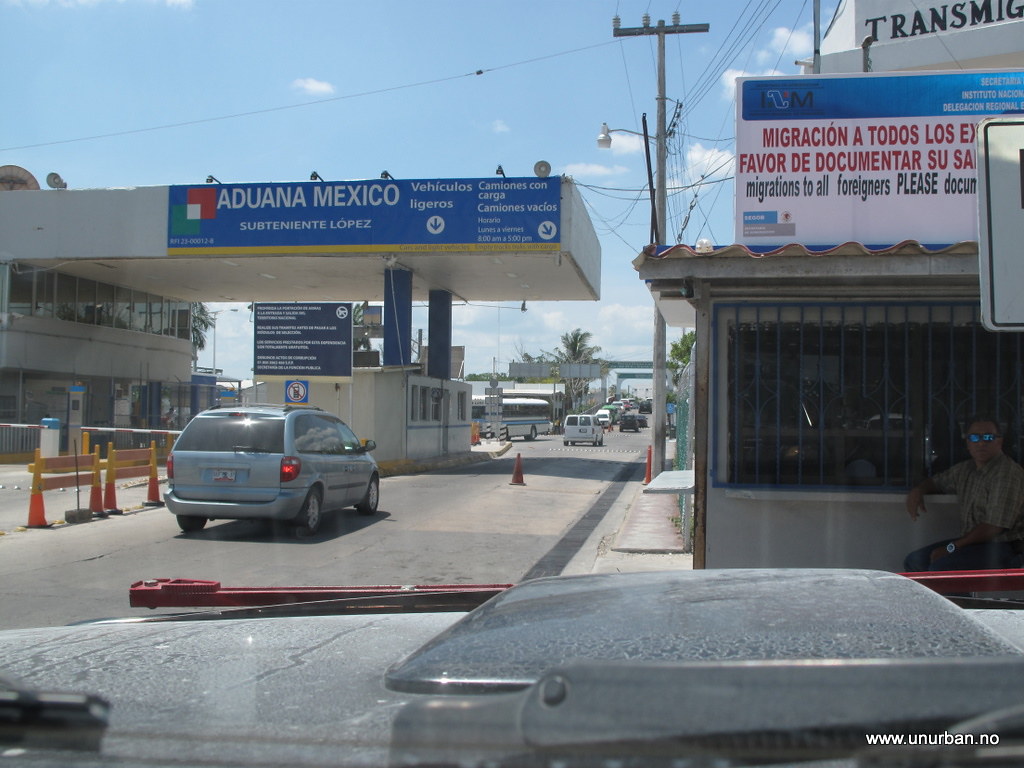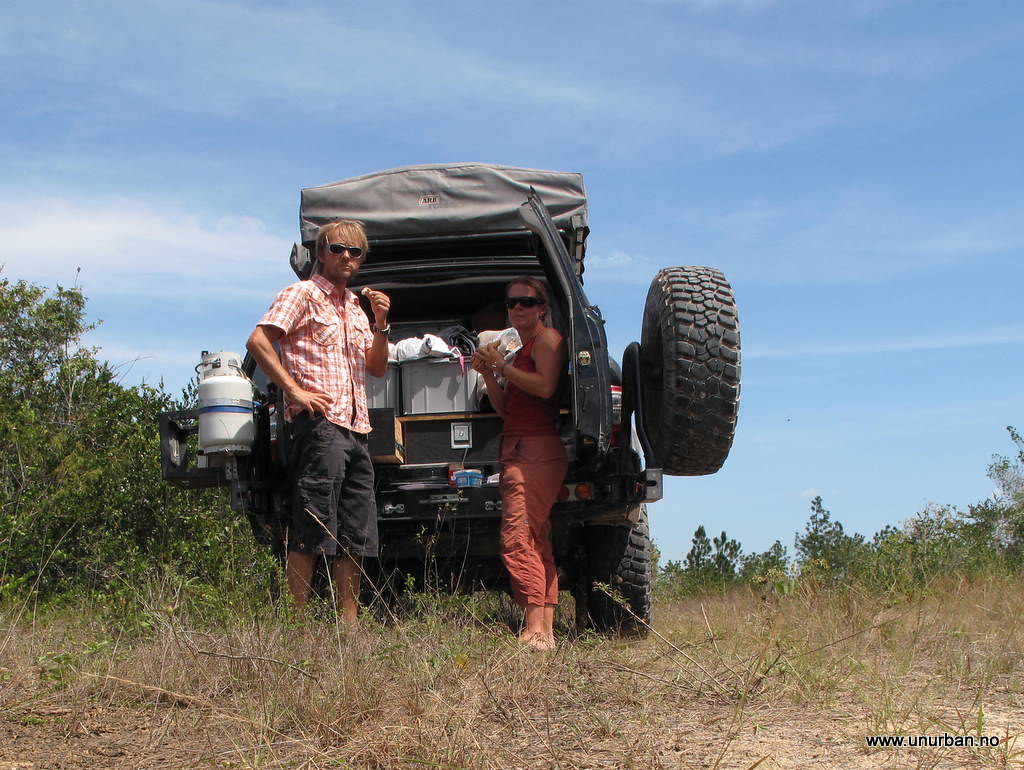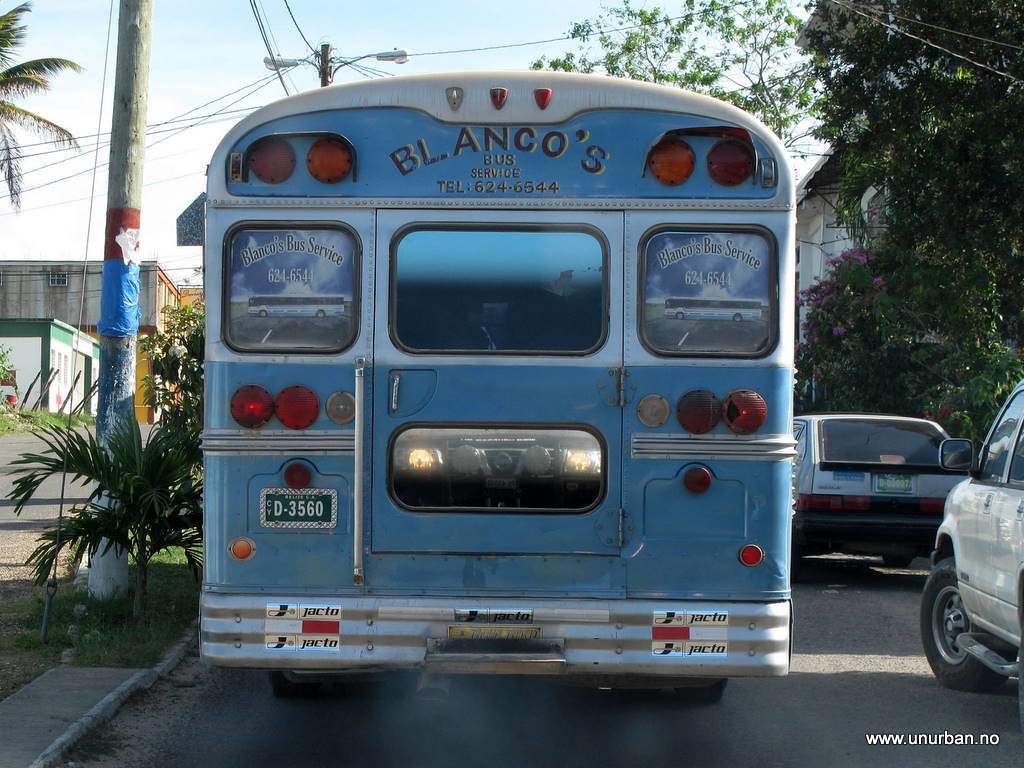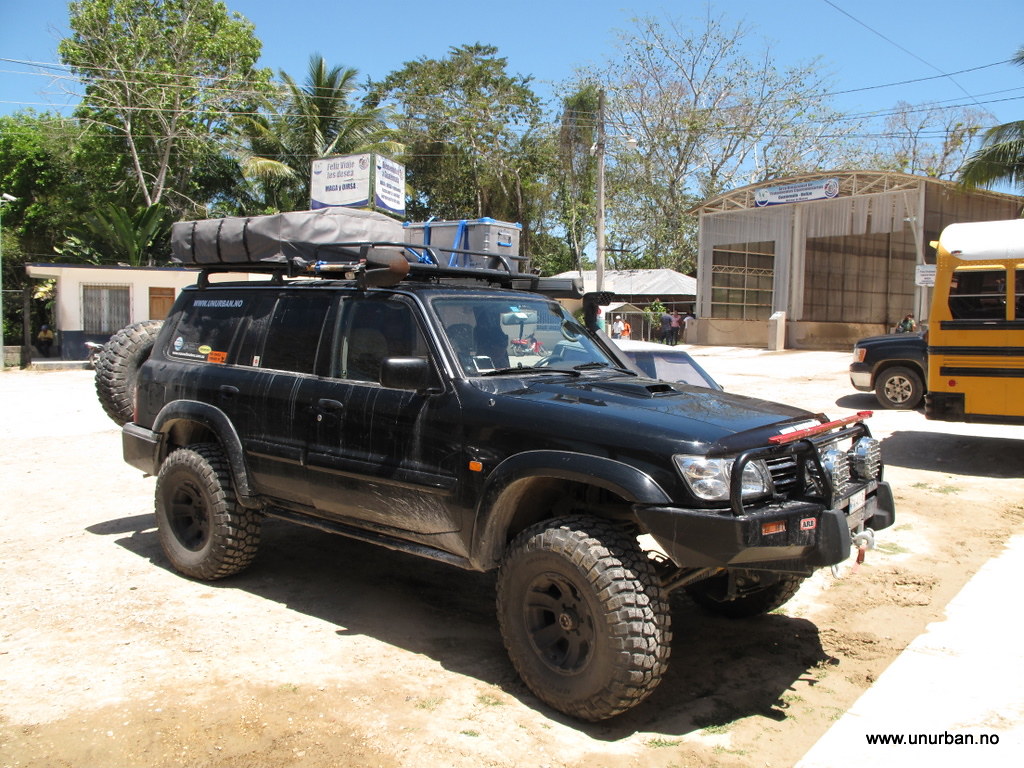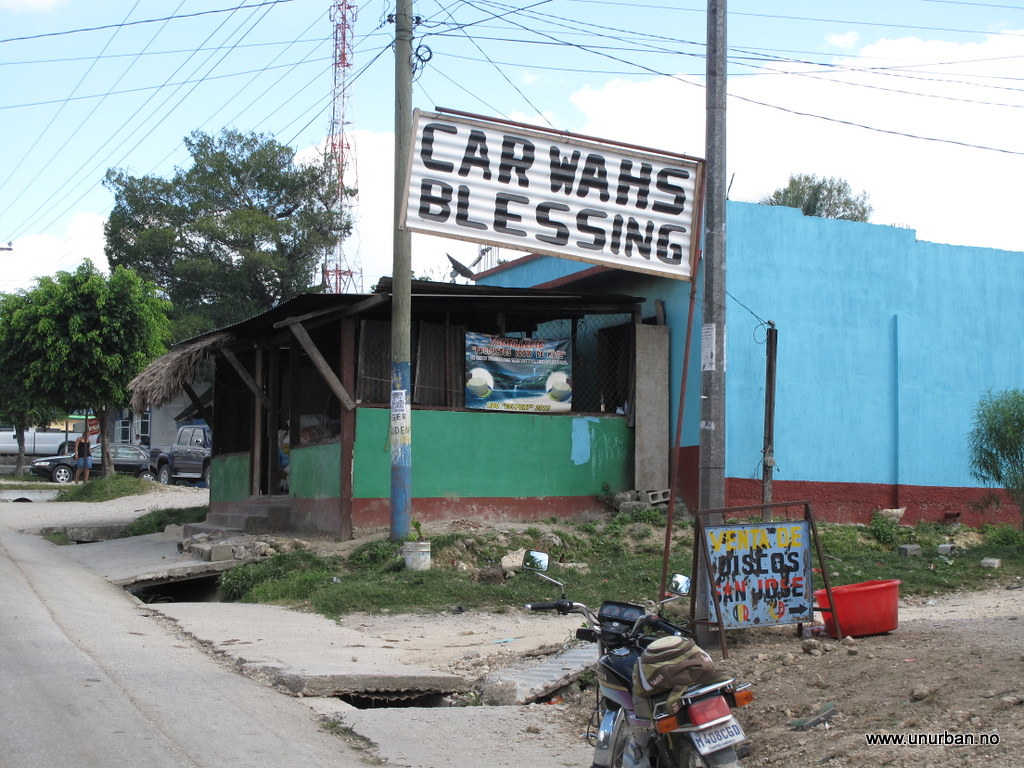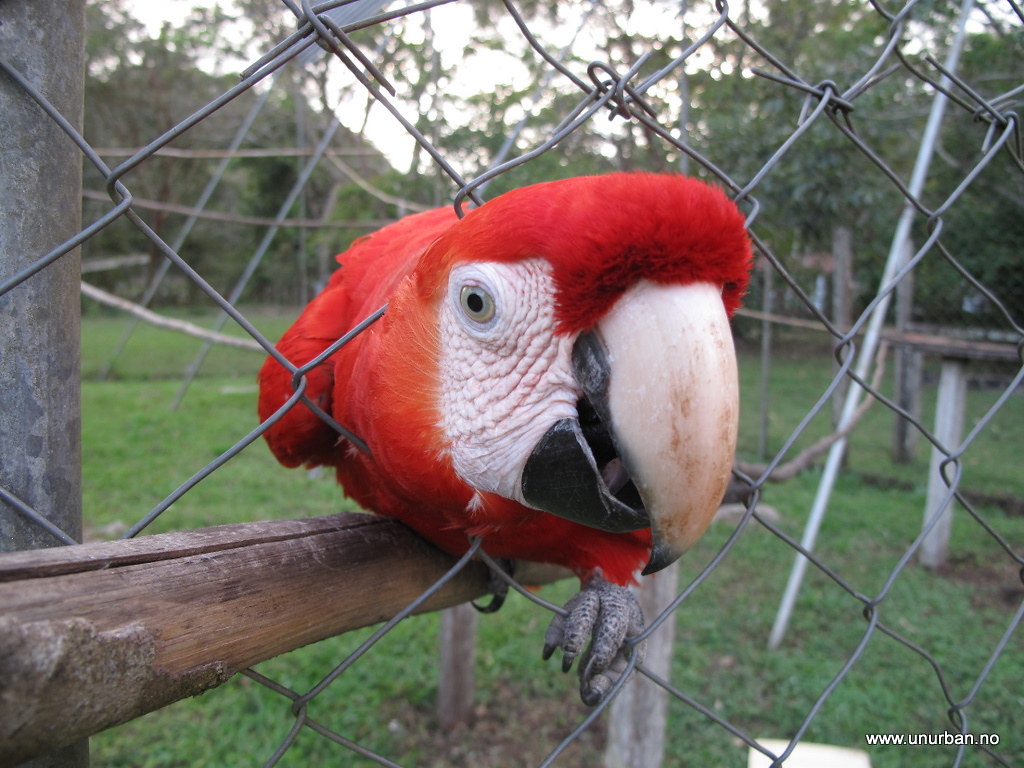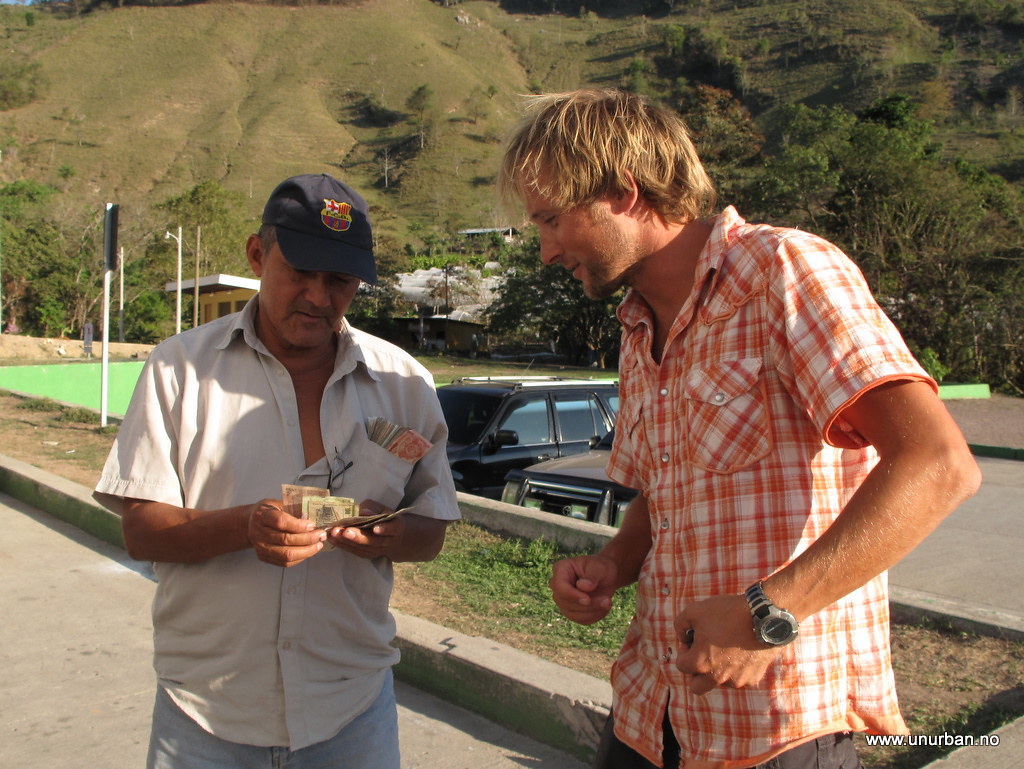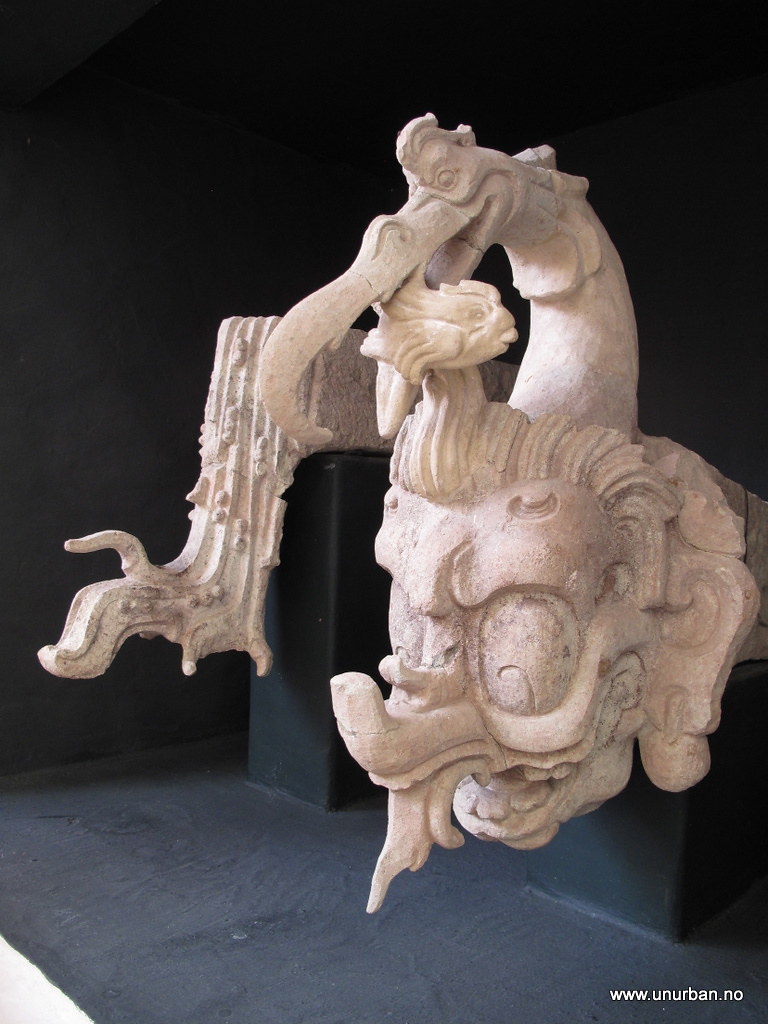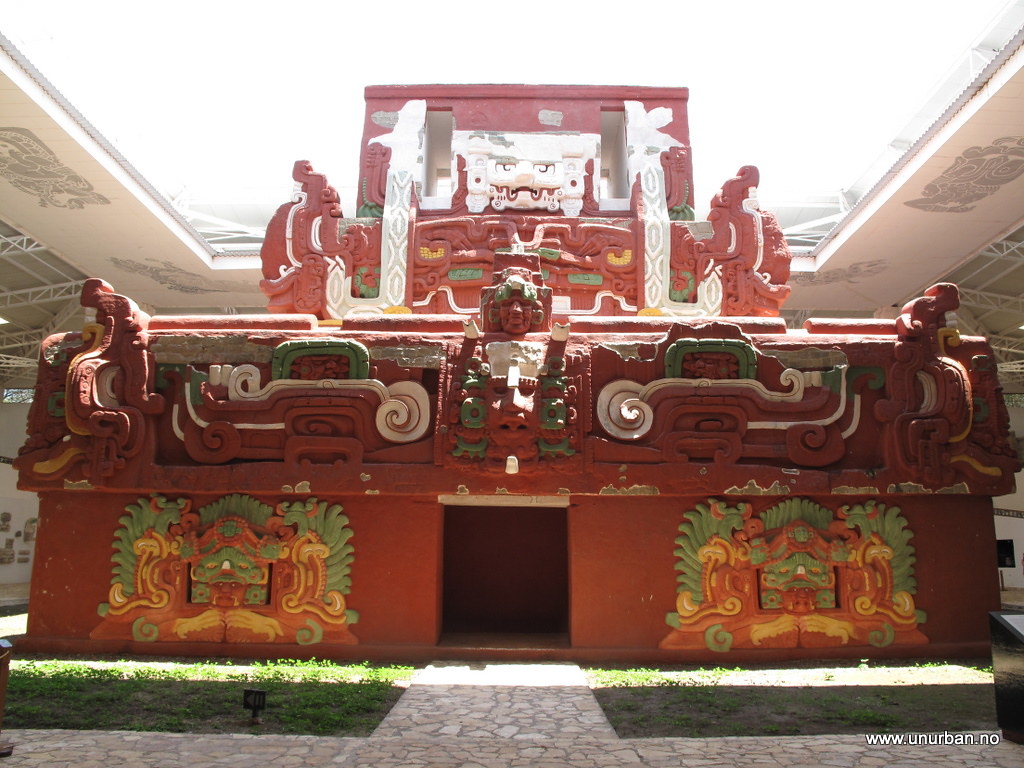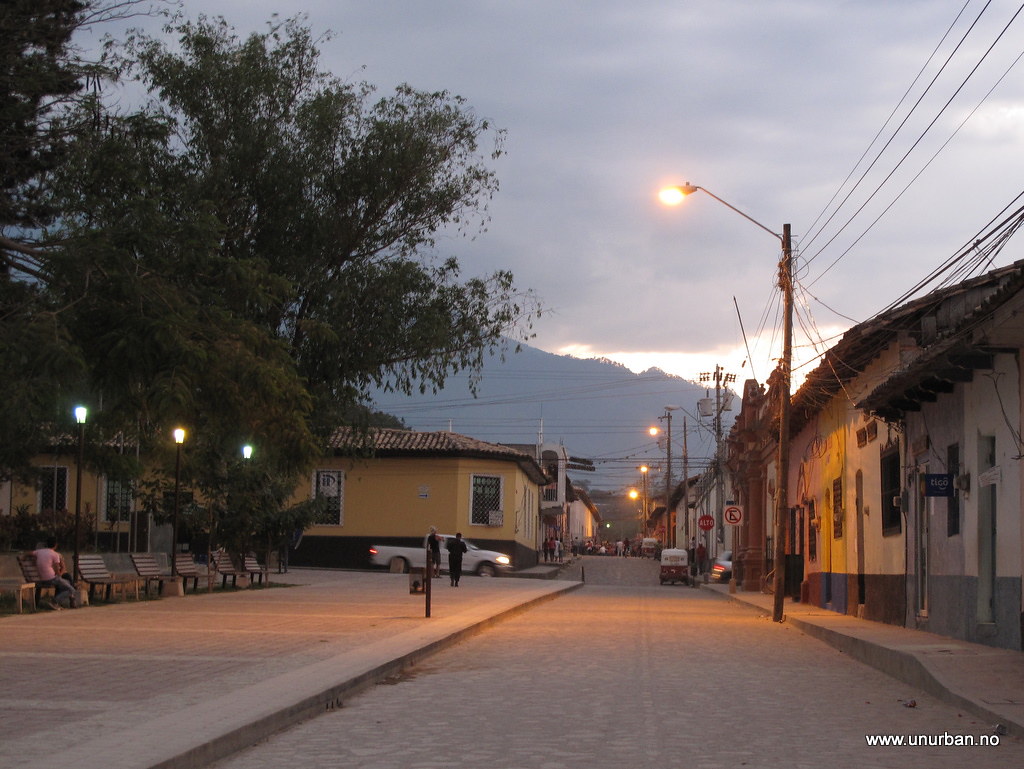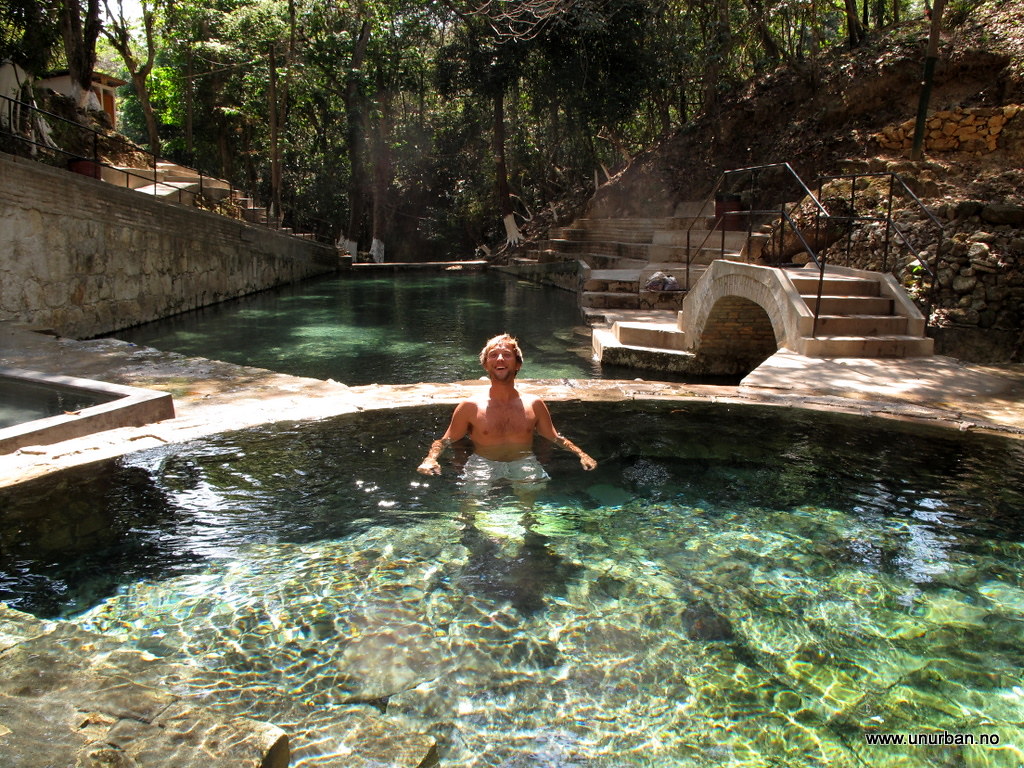Honduras
We are probably having as much time as we ever are going to have in this life to do what we want, but we still feel we are short on time…. It started in North America since we spent a bit more time traveling up north than we had planned, but there is so much to see and do. It is hard to make choices on where to travel, and it is hard to skip places like Grand Canyon when we almost driving by there anyway. Next was that we underestimated the size of Mexico, it is huge and so much to see there too. So to be able to get to Panama by latest mid Mai and ship the vehicle before the rainy season starts we have to get through some countries. Our decision was therefor to skip El Salvador and just use a few days to get through Honduras.
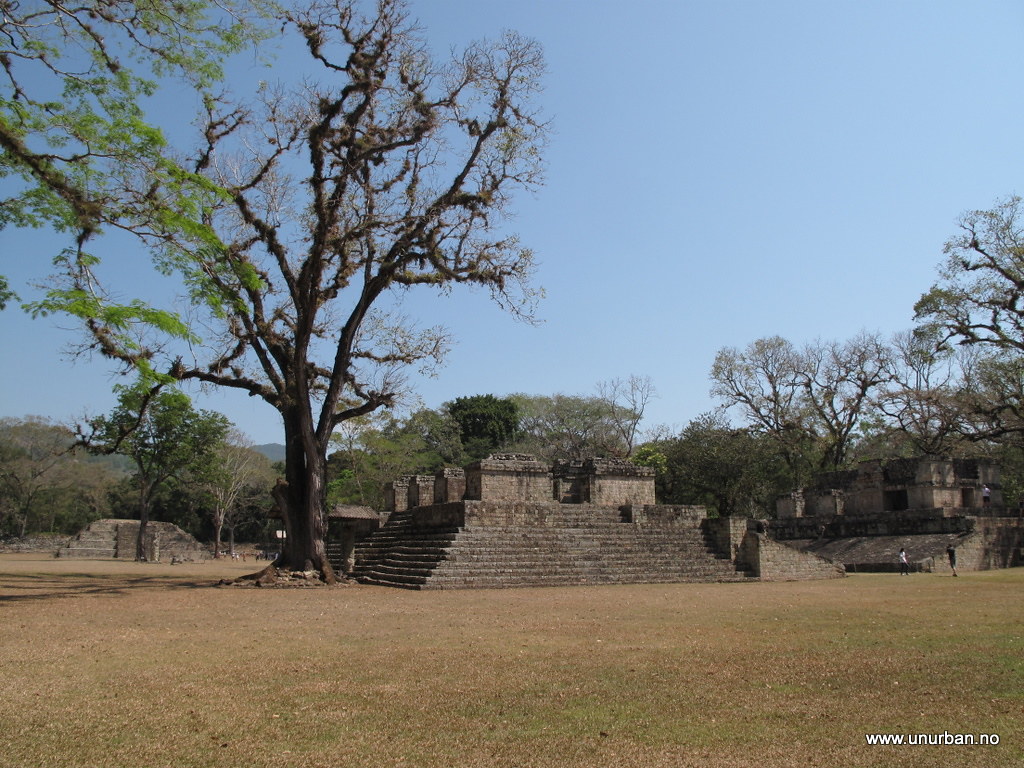
After crossing at the El Florido border crossing between Guatemala and Honduras our first stop was Copán and the Mayan Ruins just a few kilometers from the border. Copán had its peak time at 7-800 AD and at the most about 20,000 people lived in the city. Compared to other Mayan ruins we had been to Copán was really well decorated with stone carvings and hieroglyphics.
Like this piece that was on display in the Museum that is carved out of one piece of rock. Archeologists have dug up to 4 kilometers of tunnels under some of the ruins to see what is there. It has been a tradition to build temples on top of other older temples and under this one they found an older more decorated intact temple.
This is a full size replica of this temple that you can see in the Museum. Most of the tunnels have been closed off for tourists because of safety, but it is possible to visit a short distance in a couple but that cost another 15 USD on top of the entry fee that is also 15 USD. No tunnels for us since we thought that it all got a bit too expensive.
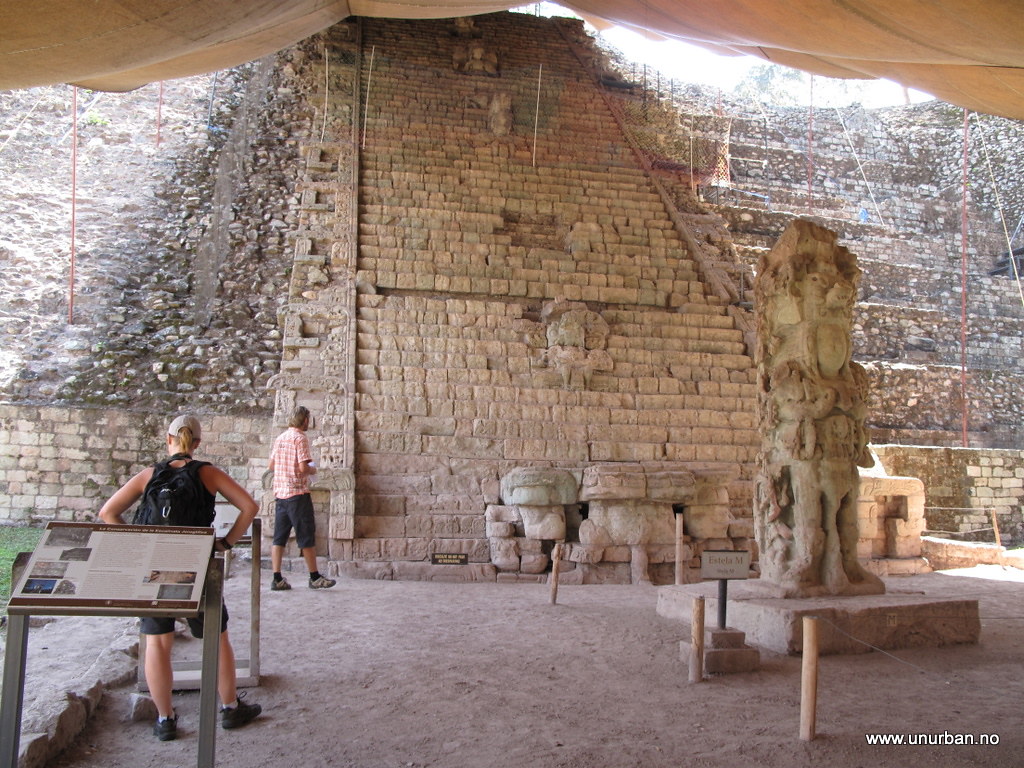
Hieroglyphic Stairway with is 63 steps is a remarkable structure where all the rocks facing out on all the steps are full of hieroglyphics and is telling a story. Only the lover fifteen steps were intact when it was found and archeologist have tried to put together the rest, but it is not possible the read the rest of the story that the stairs used to tell. In front of the steps is sculpture of the 15th ruler that build this stairs and to honor his forefathers there is a sculpture of the 14th ruler behind him, higher up in the stairs are ruler number 12th, 11th, 10th, 9th and so on. One tourist next to me asked his guide what had happened to number 13 since there was only a hole where it was supposed to be. The guide said that it had been “donated” together with other sculptures from Copan for some money in the 1980’s to a Museum in USA. It is sad to see this amazing stairs with a big gap in them after the missing sculpture. We “wealthy” tourists might be able to see the sculpture one day if we choose to, but for most Hondurans they will never be able to see it.
From Copán we drove about 140 kilometers south east to Gracias. Along the road we drove through five police check points, three just waved us through, one asked us where we were going and one asked to see our papers. But no problems and they all seemed friendly.
We camped in Gracias and strolled around town in the afternoon. Driving out of town the next day we stop by some developed hot springs that was a few kilometers south of Gracias.
It was great to soak in hot water for one hour after many days of driving. The road took us up in the highlands and through some small villages and finally the Patrol got some gravel under its tires again.
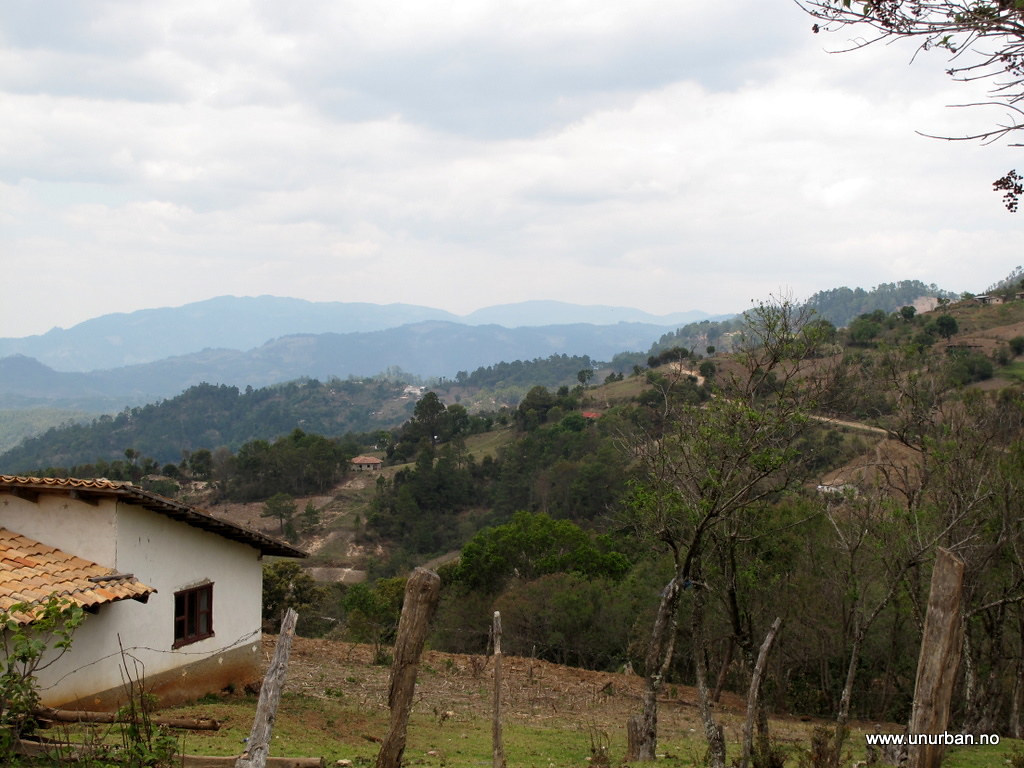
When we get into new countries we try to notice if there are any differences in the country we got to compared to the one we left. In Honduras men used more cowboy hats than in Guatemala, houses had roof tiles compared to sheet metal roofs, and people were walking around with dogs on a leash. Since crossing the border from USA to Mexico and driving south I cannot really remember seeing anybody walking around with a dog on a leash, I think that is something we do in the western world. When talking to some US Peace Corps workers that had lived in Honduras for a year we had to ask them if there were any laws in Honduras for this. They did not know about any laws like that and they had couldn’t even remember seeing any dogs on a leash either. So I guess we had just driven through a strange area of the country… Driving along the roads in Central America we see every day kids and adults carrying big loads of firewood on their head or back. From the houses we can see smoke coming through a chimney or just though the walls or roof, and I do not think it is because they are freezing in + 30 degrees Celsius.
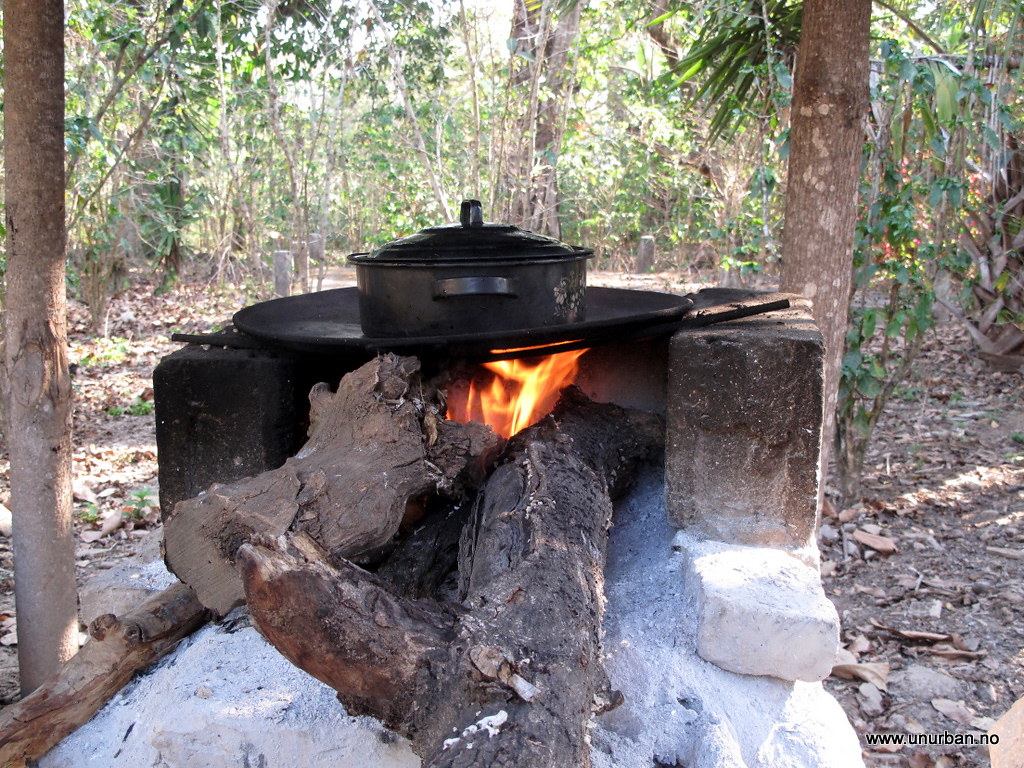
It is still common to cook food on wood fires, because propane or electricity is expensive compared to the firewood they find around their homes. Still it is kind of strange to see people cook on wood fires and in the next moment turn around and answer their cellphone.
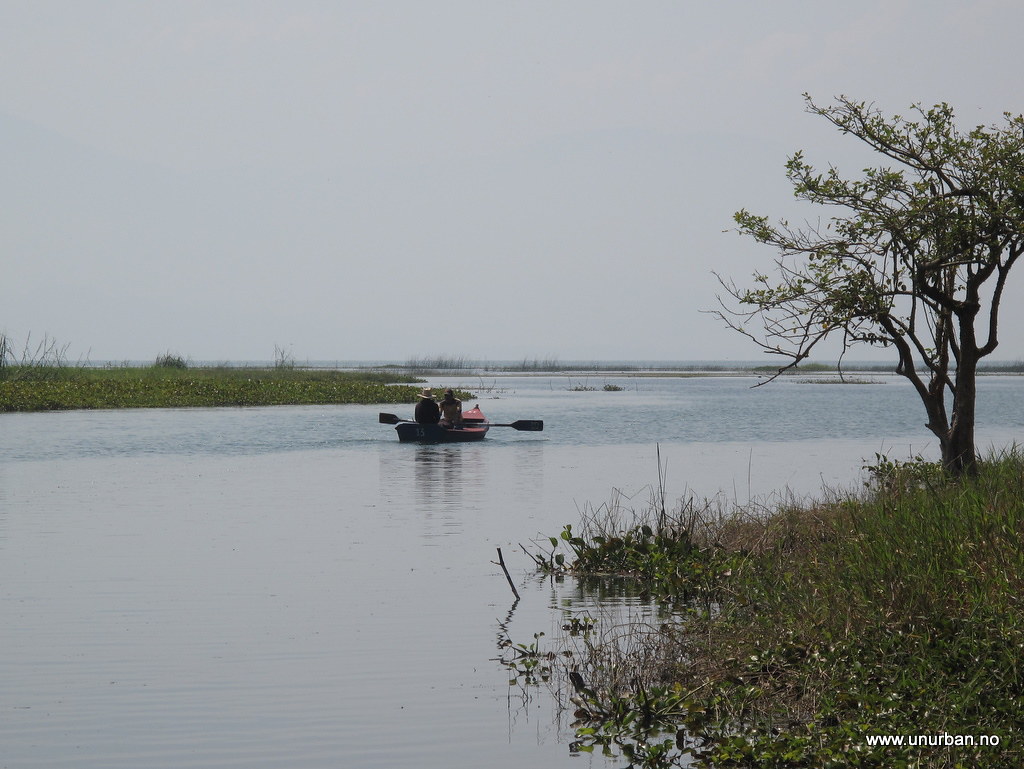
After a long day of driving we got to Peña Blanca at Lago de Yojoa there we tried to find our way to D & D Brew, a guesthouse that had been recommended to us. On our second time through town we saw a car we first had seen up in Yukon and then again in Mexico, it was Alex and Monica from Switzerland. They are also on their way to Argentina, but this afternoon they were also looking for the same guesthouse as us. We found it and spent to nights camping in their parking lot. The day was a full day with “office work”, catching up on emails and blogs, and in the evening drinking the beer brewed at the D&D Micro Brewery. Since leaving USA this is the first time we have been able to drink the water coming out of the tap, and didn’t even have to shower with our mouth closed. Because of the brewery all the water into the property is filtered and purified. At home in Norway we take it for granted that we can drink the tap water and even flush our toilets with drinking water… Visiting other countries we learn that drinking water is something many people has to buy.
While staying at D&D we learnt that it was a teacher strike going on in Honduras. The strikers had taking up blocking roads going in and out to Teguciagalpa, the capital, that we had to drive past to get to the Las Manos border crossing into Nicaragua.
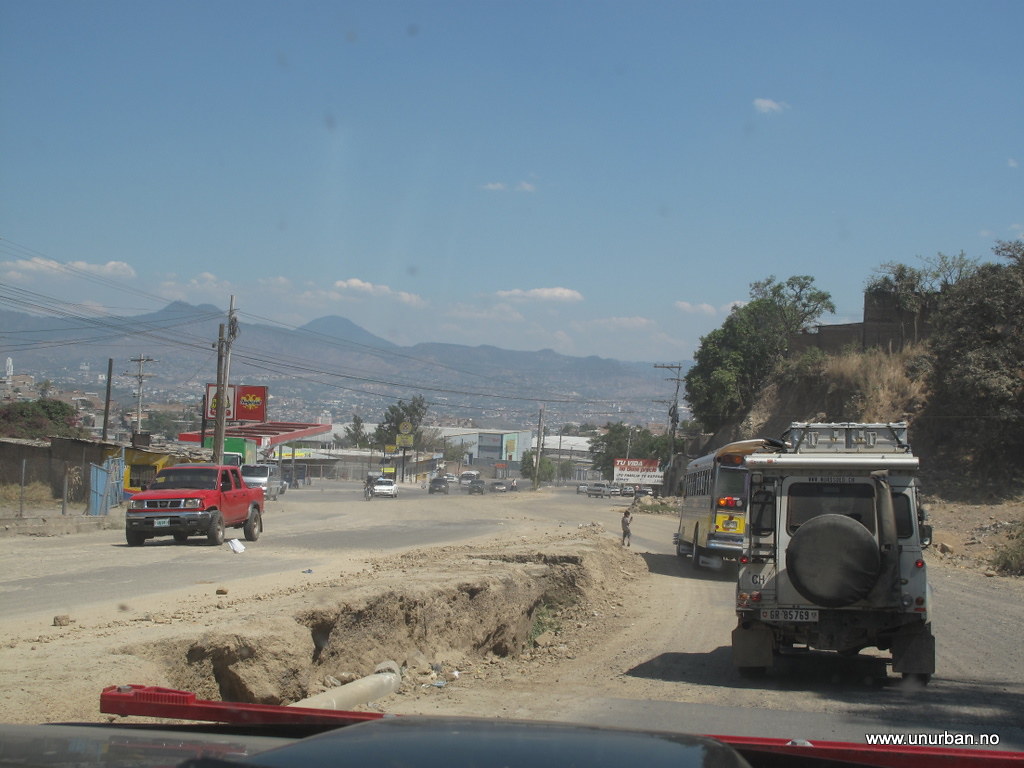
Luckily for us they only strike during their working hours so we used the opportunity to drive on a Sunday. We did not have any problems and got to Danlí, a town close to the border, the same day. Next day we crossed the border to Nicaragua without any problems. When we got to the border there was a huge line up of trucks on each side of the road. While Espen was taking care of the vehicle permit I talked to one of the money changers and asked if it was normal with so many trucks, and the answer was YES. He said that crossing the border from Honduras to Nicaragua took the truck drivers one day, and crossing from Nicaragua to Honduras took them three days to get all the paperwork done. So I guess we should not really complain when both the Norwegian and Swiss car was ready to cross the border after about one and a half hours.
Time for a new country and to see if we can notice any differences between Honduras and Nicaragua.














